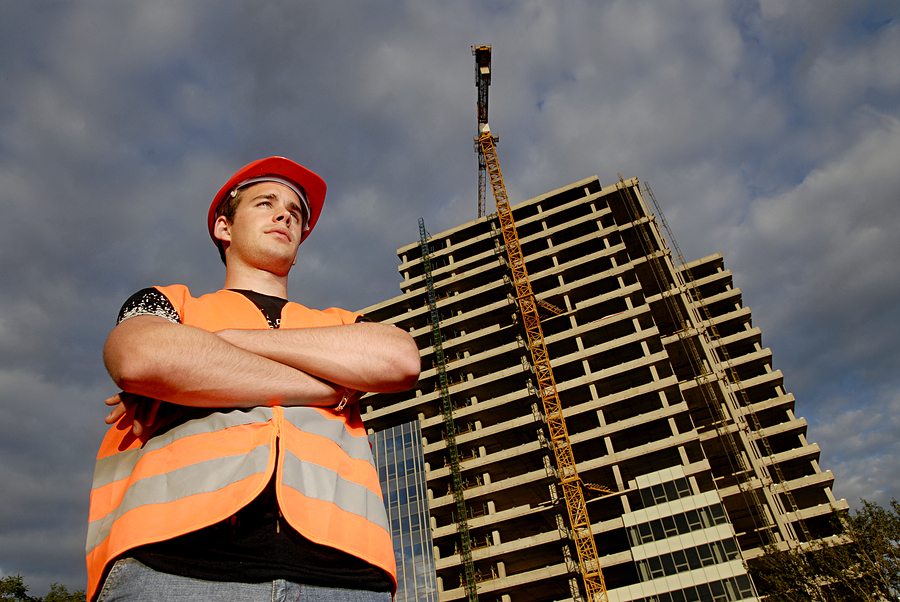 In 1970, the U.S. Congress passed the Occupational Safety and Health Act, creating the Occupational Safety and Health Administration (OSHA), a government entity dedicated to assuring safe working conditions for Americans through standards enforcement, training, outreach, education and assistance. An agency of the United States Department of Labor, OSHA regulations cover most private sector employers in all 50 states, the District of Columbia, and other U.S. jurisdictions.
In 1970, the U.S. Congress passed the Occupational Safety and Health Act, creating the Occupational Safety and Health Administration (OSHA), a government entity dedicated to assuring safe working conditions for Americans through standards enforcement, training, outreach, education and assistance. An agency of the United States Department of Labor, OSHA regulations cover most private sector employers in all 50 states, the District of Columbia, and other U.S. jurisdictions.
Employers who fail to follow OSHA safety and health standards are subject to fines for violations. For this reason, most businesses subject to OSHA oversite are eager to comply with regulations. However, true workplace safety—particularly in the construction industry—is about more than just OSHA compliance. Common safety issues on the construction jobsite often include:
- Hazardous walking surfaces
- Falls from ladders and scaffolds
- Steel erection
- Excavation
- Electrocution
- Inappropriate use of cranes and forklifts
And monetary losses—in addition to citations and fines incurred as the result of an accident or inspection—often include:
- Costs associated with the worker’s injury (immediate and long-term)
- Multi-employer contract liabilities
- Civil lawsuits filed by injured members of the public or other contractor’s employees
- Damage to the construction company’s reputation
The only way to minimize and address all of these issues is a comprehensive jobsite safety process that integrates OSHA regulation compliance with a broader culture of safety supported by all levels of management. You may want to start with the following suggestions.
Create a safety plan specific to each jobsite. While your construction company should have a general safety program in place, modifications specific to each jobsite can make it infinitely more effective. Consider the unique challenges posed by each site as well as the routine tasks workers will be completing. Take weather predictions into account, the experience level of the workers you’re assigning to the jobsite, and any anomalies in architectural or structural engineering designs.
Actively manage all subcontractors. It’s not enough to just worry about “controlling employer” OSHA violations. If you want to create a truly safe jobsite, you need to concern yourself with preventing hazards created by subcontractors as well. You can do this by involving your own safety professionals in their management or contracting with third-party groups who can keep tabs on the condition of the entire jobsite.
Address the root causes of unsafe behavior. For example, proper safety equipment can prevent a fall from height, and failing to wear proper safety equipment can lead to such a fall. But what is the root cause of such unsafe behavior? Dig deeper whenever you find a worker violating a safety guidelines. It could be that fatigue is causing poor judgement and additional mandatory breaks or shorter shifts may be in order. Other common root causes of accidents and injuries include distractions and health-related issues such as depression.
If you’re only concerned with OSHA compliance on your construction jobsite, your safety program will not be as effective at preventing accidents and injuries as it could be. Big picture thinking and planning is necessary, and we’re here to help. Please give us a call whenever you need assistance.


